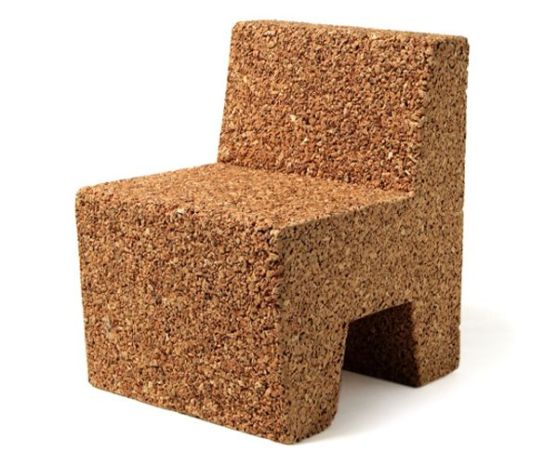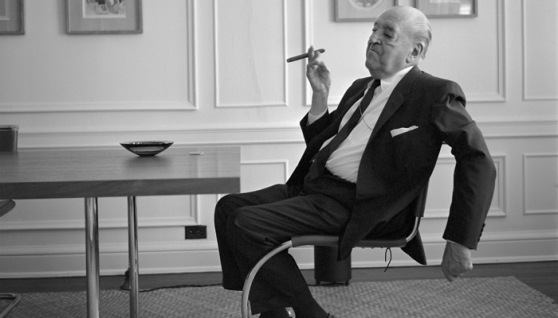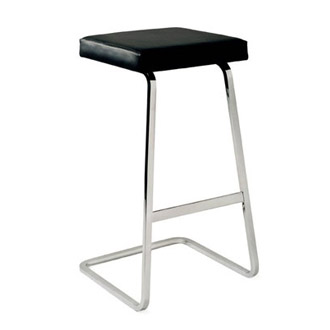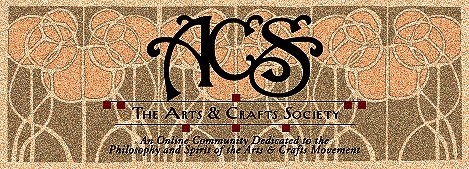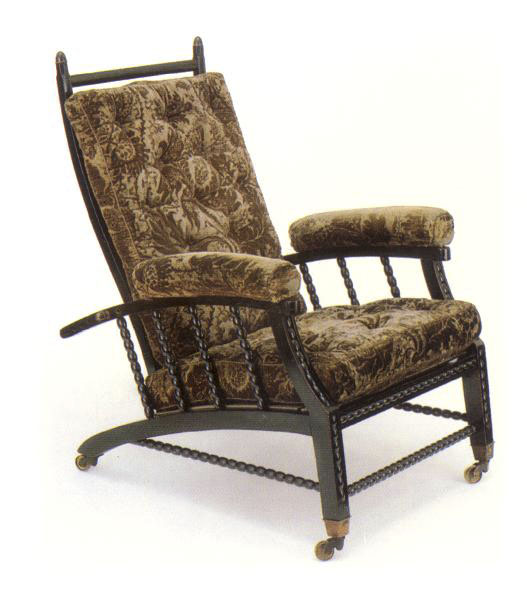What is Environmental / Green design?
It is the ever growing awareness of the general society to look after their environment in which they live in as a whole.
People started to take notice of the environmental issue after WWII and it has increased in attention ever since. As time progressed people thought of more innovative ways of helping from Law enforcements against littering and educating children about the importance of a healthy planet by following the 3 R’s (Reduce, Reuse and Recycle).
From a design perspective a lot had changed from modernism, post modernism and contemporary. Back in the 60’s and 70’s materials were plentiful and discarding of the product after use wasn’t a problem this became a bigger problem later one when in the 80’s and 90’s we became dependant on quick easy to used disposable items for our day to day living, this is called planned obsolescence.
These days we are greatly trying to reduce our carbon footprint on the world from every aspect of a products life. Products are using materials that are not a heavy burden on the environments to extract and process later as a raw material.
During the manufacturing process care and pride is being created by using low energy cost production methods that do not leave any or a few negative effects on the environment.
Even their destitution and transport is being monitored and more combined shipments on low emissions vehicles are being done on roads across the world.
We are all familiar now with energy efficiency ratings on products, when this system was introduced A was considered the best a product can get but trough research and testing better energy efficient products were created forcing the system to adopt A+, A++ and A+++ to the list, this is only applicable on products that make use of main outlet electricity (240V in Europe).
Before industrialization and mass consumerism any resources available were used and used with minimal or no waste but with today’s throw away community all that used resource is being wasted in landfills with a small portion of the products such as plastic are being completely recycled.
Green designers are now adopting a new way of looking at a products life from extraction to disposal by using a system called cradle to cradle design or product closed loop system.
This system would not for the majority of the production depends on the extraction of new materials but would make use of components broken down from older products. This means that products are made from concept to realization with how the product will be fully recycled in mind all the way trough development.
This chair is made from unwanted wood filings that have been compressed and glued together in a mould to create a chair much like chip board is done. The chair can be used like a regular chair with the soul advantage that it can be broken up into its key components and moulded into some other product without producing any waste to do so. This is what a closed loop systems are meant to do in society, produce no waste.
In my opinion we do not have a choice but to adopt these eco friendly ideals in order to prevent our planet from going into a runaway greenhouse effect that would spell the end of the human race as we know it. In addition having a clean environment in which to live in is crucial for a healthy well being. I admire and highly respect this contemporary style of design and one of my goals in life is to someday build an earth-ship that is fully self sustaining built using a form of architecture known as bio-architecture.
Bibliography:


